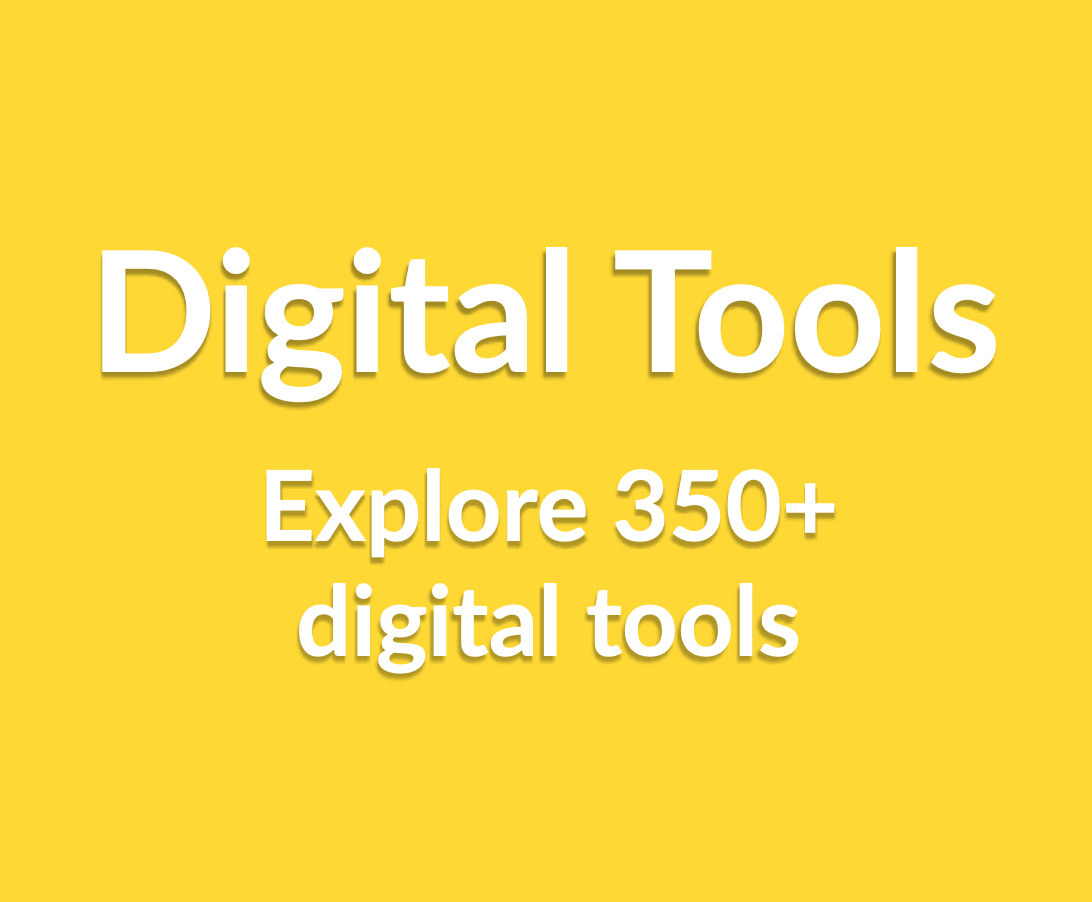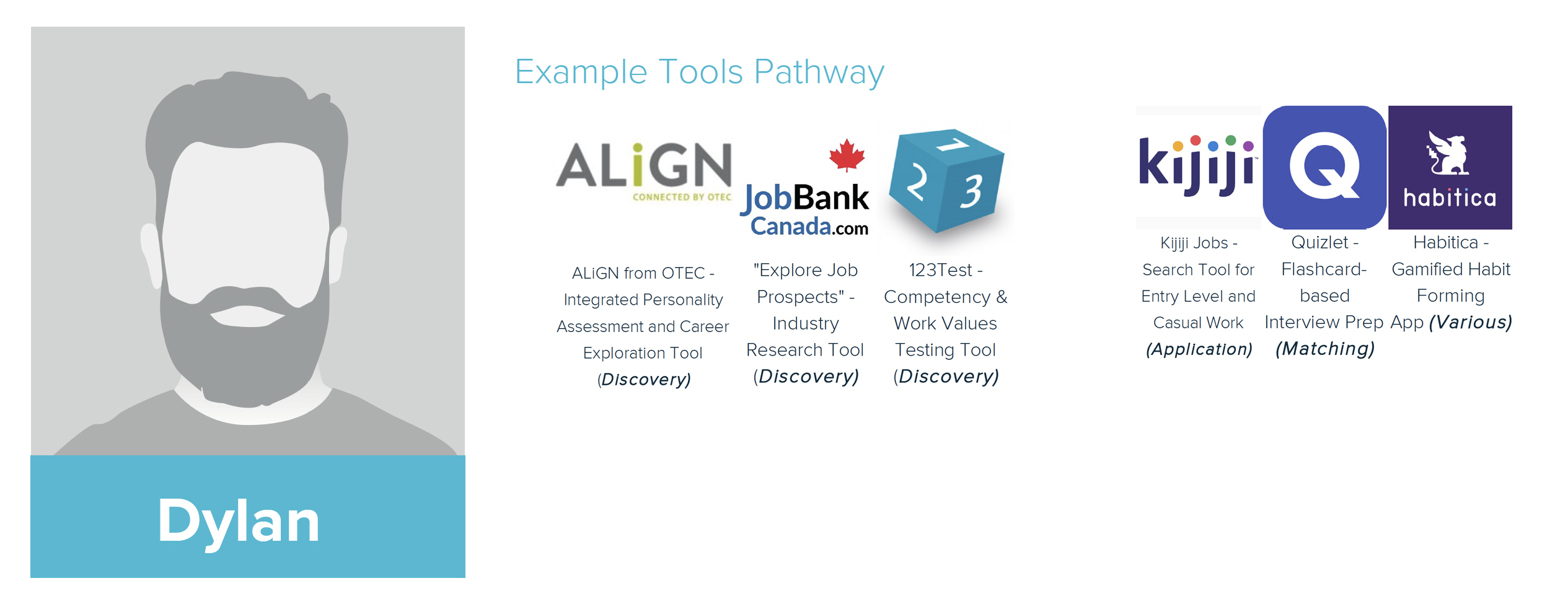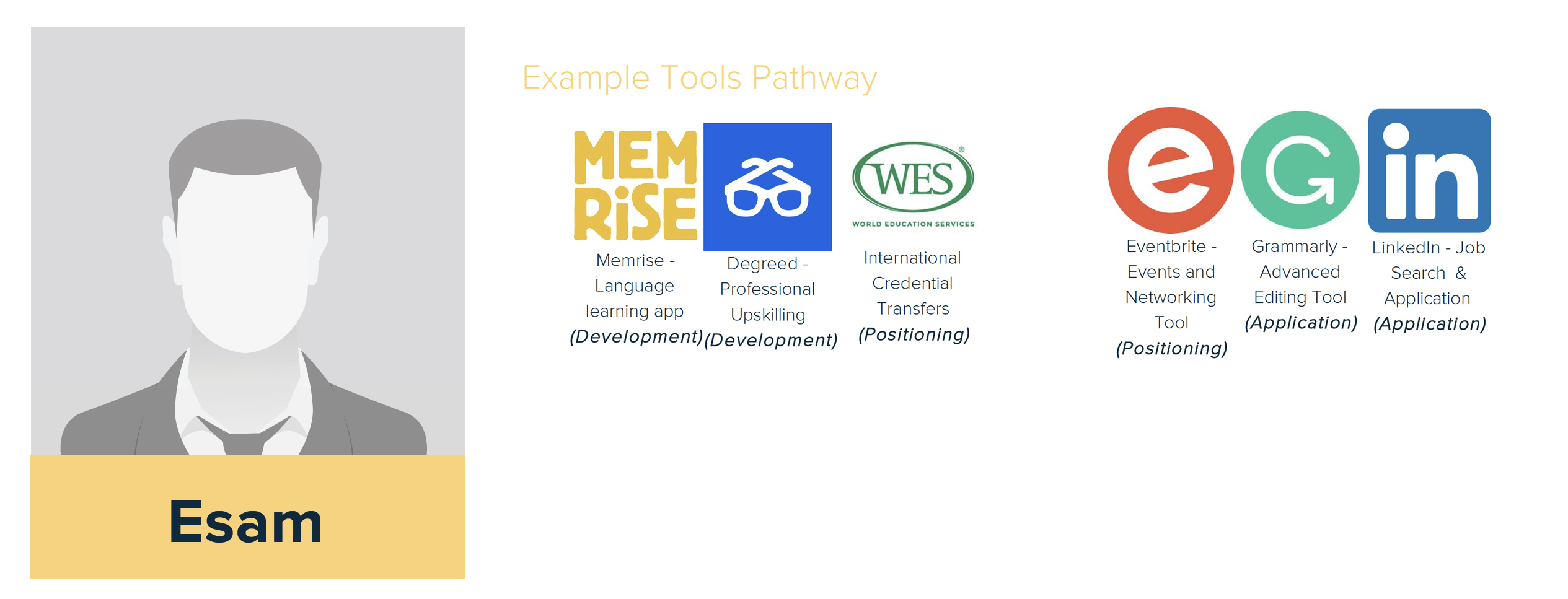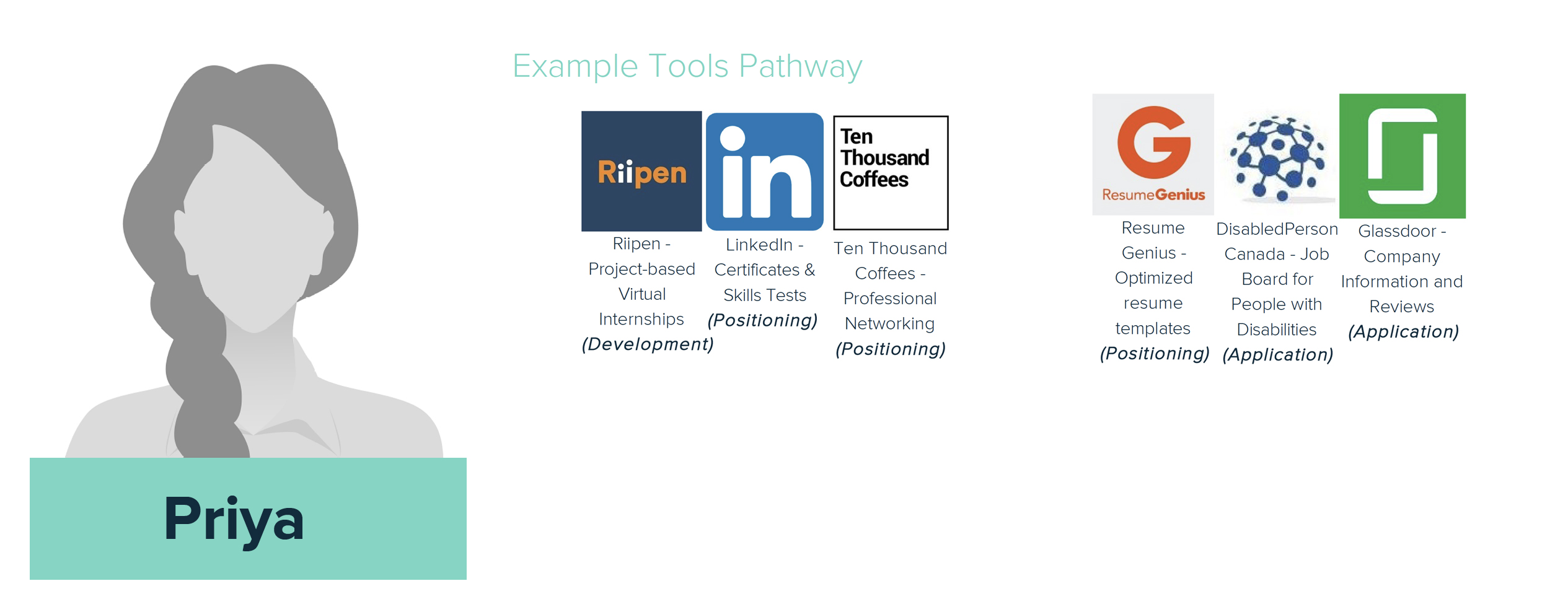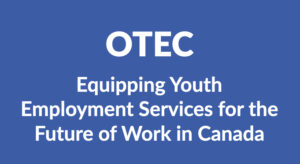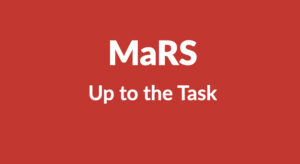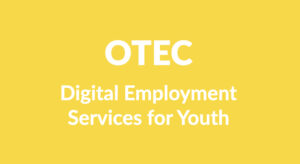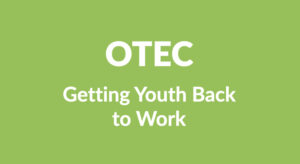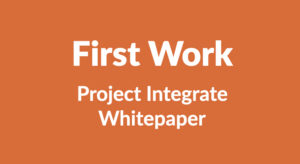First Work is pleased to partner with incredible organizations in the workforce development sector who share our community-driven values and evidence-informed policy and programming endeavors
This page of resources – cultivated through with sector expertise – is intended to support the continued digitization of the employment services sector, including resources on:
• Incorporating well-developed digital tools and assessments into employment services
• Example use-cases for digital Tool Pathways
• Phases of the employment journey and practical approaches to pathway navigation
• Research on the future of work and digital employment supports
Well-developed digital tools and assessments incorporated into employment services allow ESPs to:

More accurately identify and target the competencies and skills today’s youth need

Reach youth and deliver services at a larger scale

Better coordinate other stakeholders like employers in matching youth to opportunities.
Welcome to the interactive data visualization map!
You can explore 350+ digital tools used across the employment services sector in Canada.
You can explore 350+ digital tools used across the employment services sector in Canada.
In 2019, the Ontario Tourism Education Corporation (OTEC), together with a coalition of partners including First Work, MaRS Data Catalyst Centre and the Canadian Council for Youth Prosperity, began work with The Future Skills Centre – Centre des Compétences futures (FSC-CCF) to test an innovative, evidence-based approach to skills development for the new economy. The initiative, known as Project Integrate, is testing the potential impact and feasibility of a single technology-enabled employment and training pathway for youth.

Phases of the Path to Employment
Discovery Phase: In this phase, youth actively and passively absorb information that will help direct subsequent phases of the employment journey.
Development Phase: In this phase, youth seek to improve their eligibility for employment through the cultivation of a variety of skillsets. This includes technical skills as well as essential, social and emotional skills.
Positioning Phase: In this phase, youth explore mechanisms to build their personal brand and communicate their value, aptitudes and skillsets. Youth generate their profile as well as engage in networking opportunities.
Application Phase: In this phase, youth seek out and target specific job opportunities. Once opportunities are identified, job seekers engage in employer research and job applications.
Matching Phase: In this phase, youth engage in various styles of employer interviews and assessments. This phase ranges in intensity and increasingly includes both human and automated techniques.


